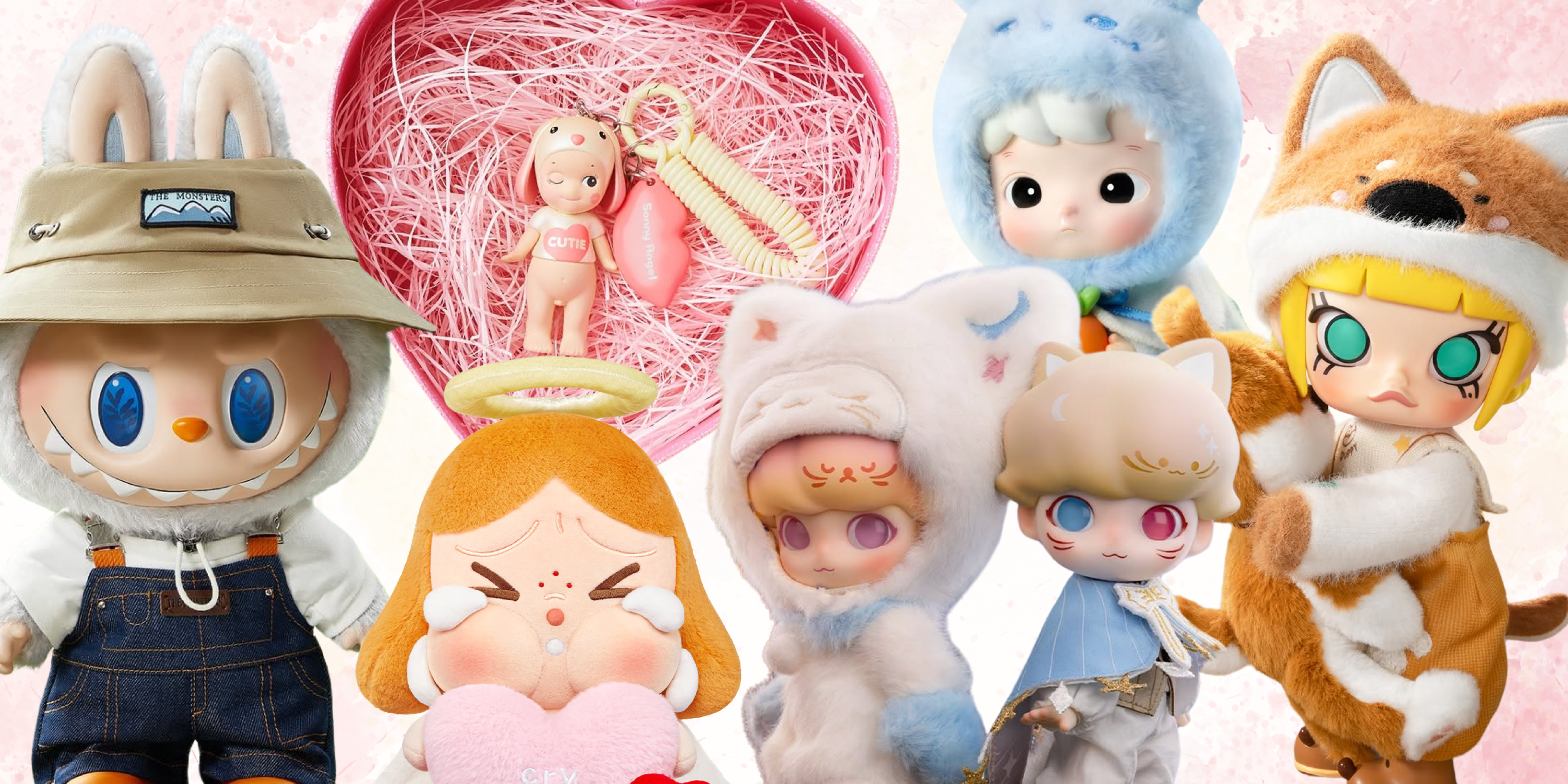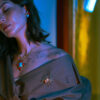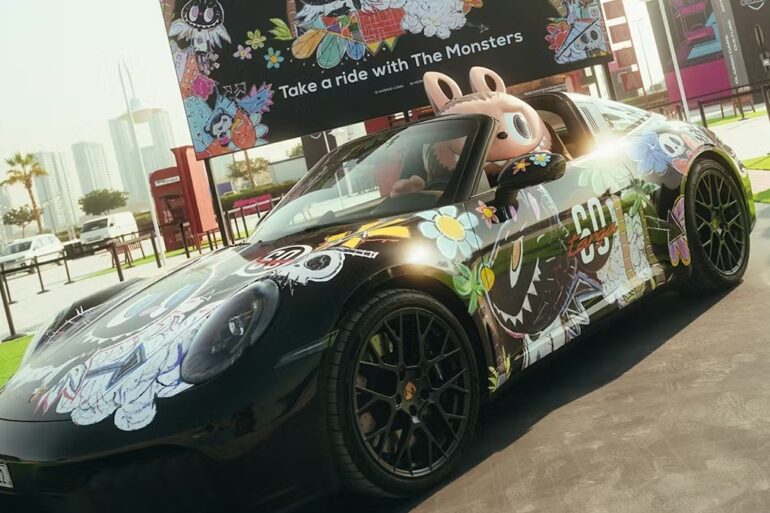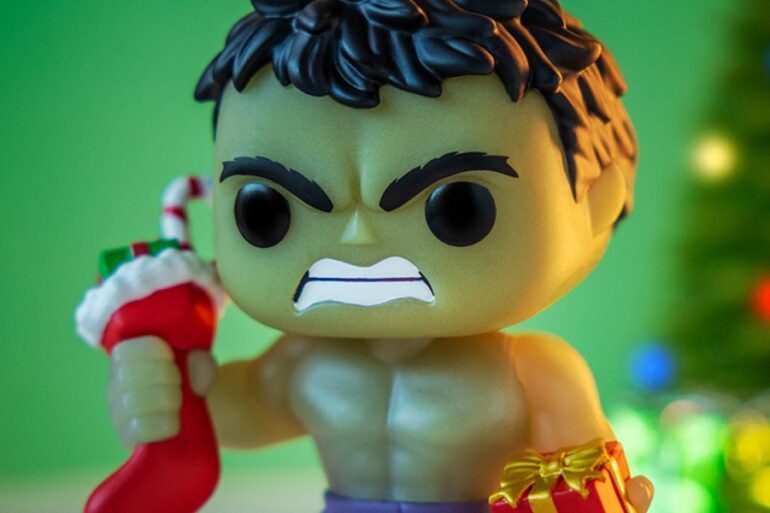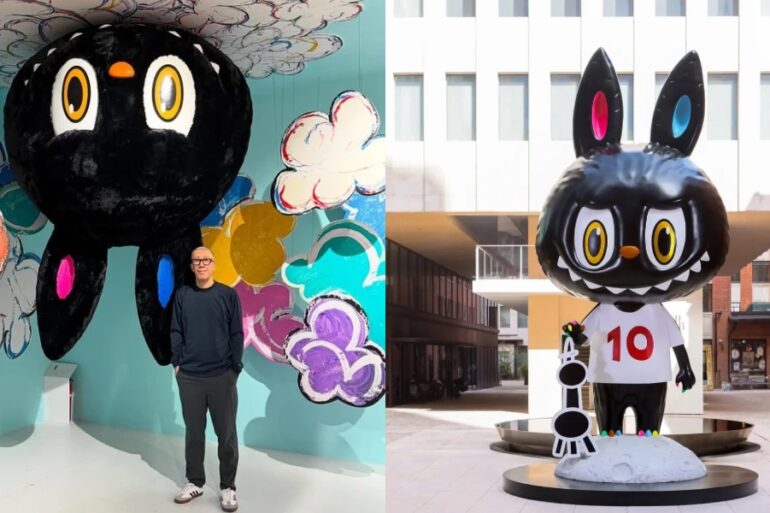Art toys are more than playthings—they’ve become status symbols, investments, and cultural statements.
At some point, toy collecting stopped being just for kids. The rise of the “kidult” market (adults who buy toys for themselves) is continuously transforming the industry. Once niche, art toys beyond Labubu like Sonny Angel, Smiski, Crybaby, Hirono, Hacipupu, Dimoo, and more have gone mainstream.
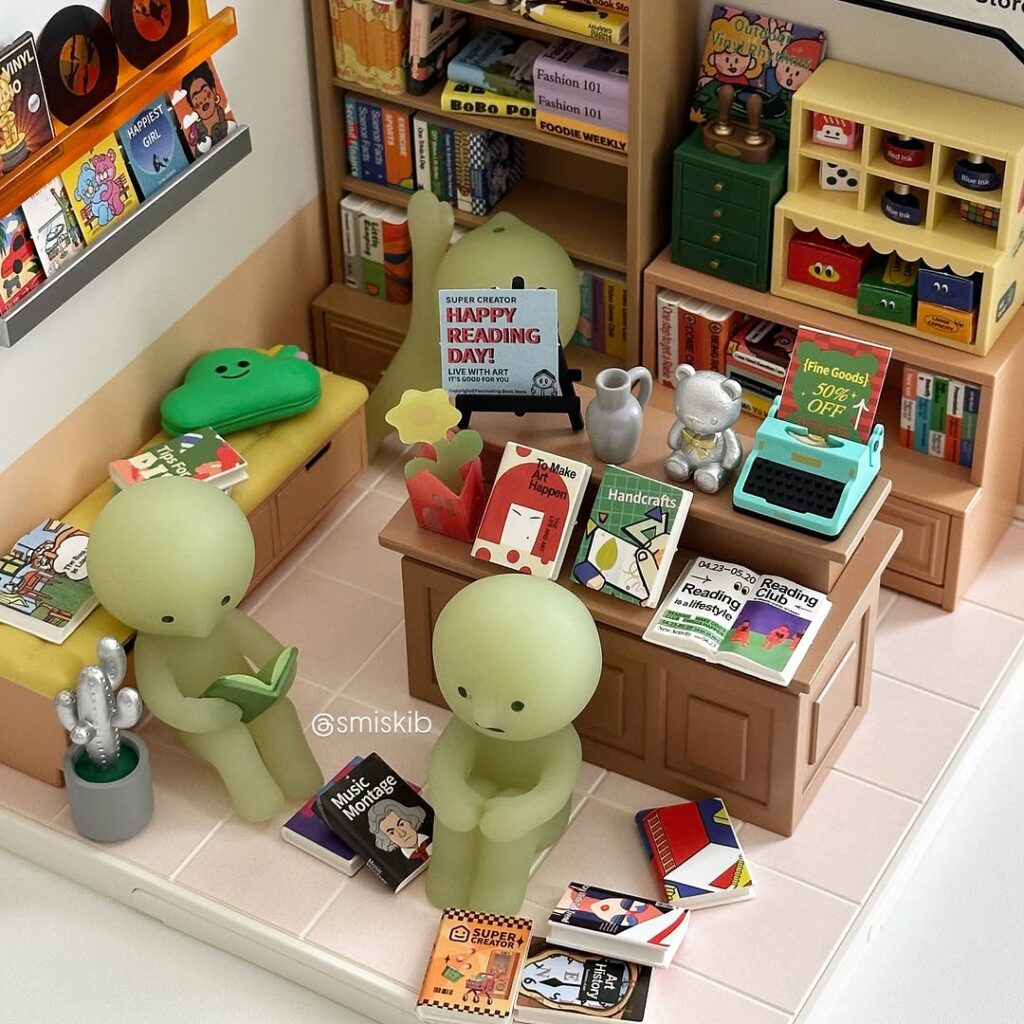
The kidult takeover
According to market research from the British Toy & Hobby Association, the collectibles sector in the UK alone is now valued at £510 million. Industry reports show that adults accounted for over 60% of toy sales in 2024, making them the biggest consumer base. Brands like Pop Mart, Mighty Jaxx, and Bandai Namco have capitalized on this shift, designing toys specifically for millennial and Gen Z collectors.
Labubu, a furry plushie with an unsettling grin and serrated teeth, is at the forefront of this ‘movement.’ Created by Hong Kong artist Kasing Lung and developed by Pop Mart under “The Monsters” line, Labubu has taken Asia and the West by storm. The toy’s sales hit $87 million in the first half of 2024, and Pop Mart’s stock has surged this year.
Nostalgia, social media, and the dopamine rush of collecting
Blind boxes, where buyers don’t know which toy they’ll get, fuel a gambling-like thrill. Social media platforms, particularly TikTok and Instagram, amplify the hype with unboxing videos and collector showcases.
Related story: How Labubu dolls became the ‘It accessory’ we never saw coming
Related story: From Trolls to Labubu dolls: 10 iconic toys we were obsessed with over the last 30 years
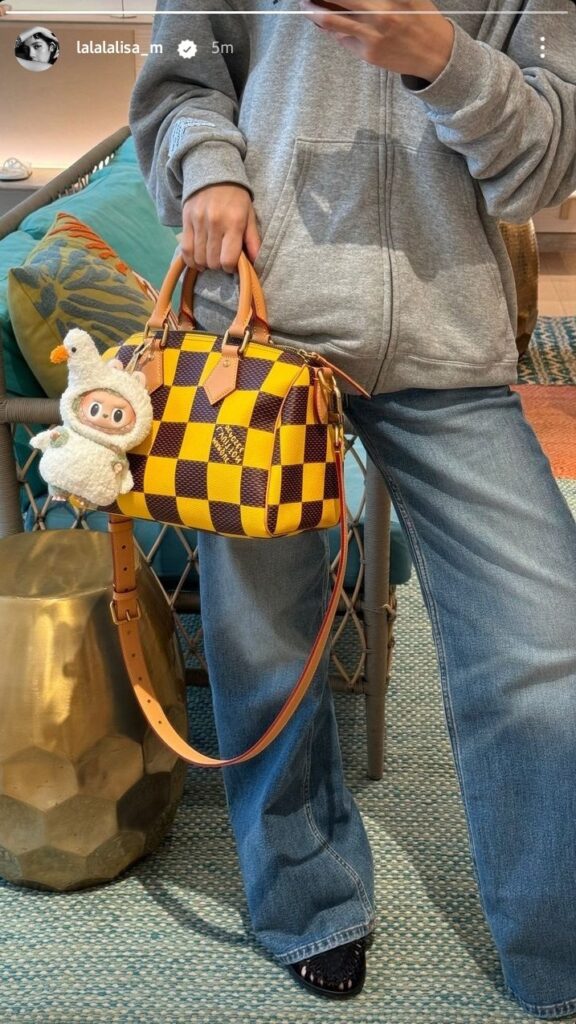
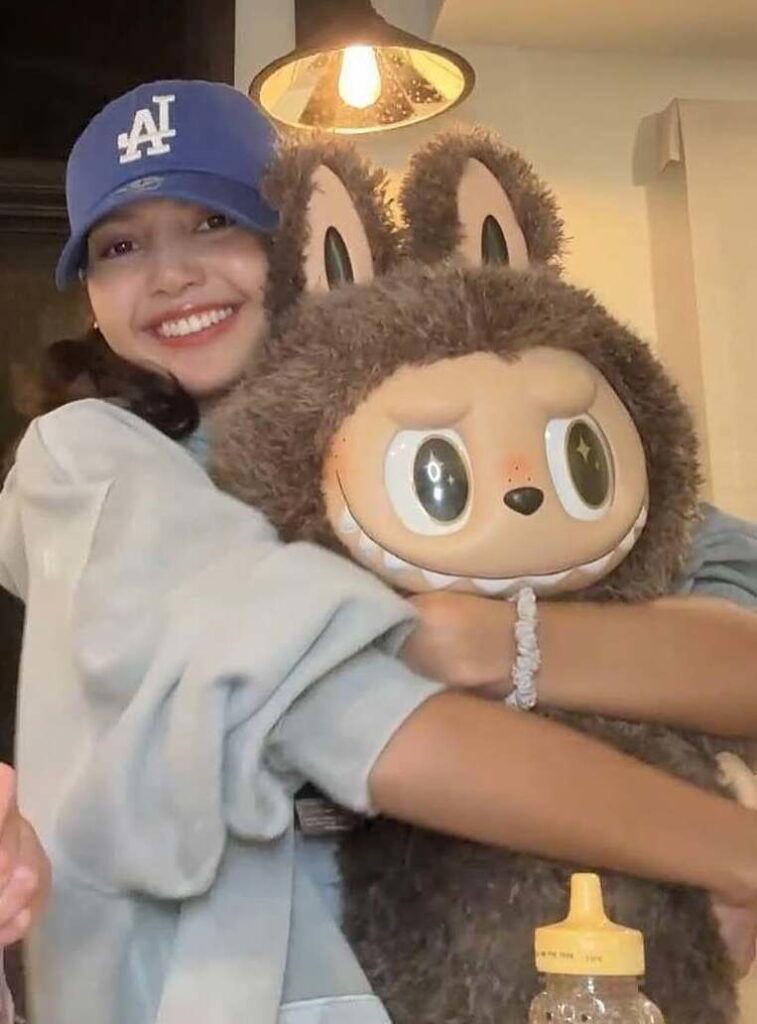
Blackpink’s Lisa with her Labubu toys | Photos from @lalisa
Celebrities also play a big role. When Lisa from BLACKPINK posted Labubu on Instagram, it sparked a craze that saw the toy sell out in minutes. In Singapore, dedicated Telegram groups alert fans about restocks, leading to snaking lines outside Pop Mart stores.
The boom in the Philippines
The viral popularity of designer toy characters has led to Pop Mart opening a pop-up store at SM Mall of Asia. The company—known for figures like Molly, Crybaby, Hirono, Dimoo, and Labubu—is tapping into the growing demand in the country.
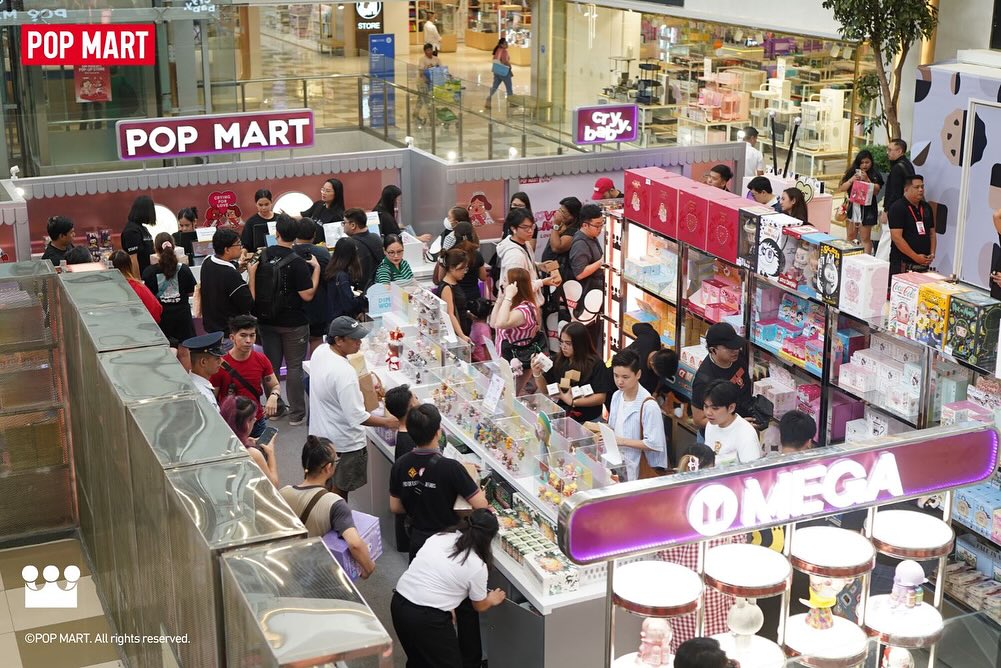
According to Jeremy Lee, Pop Mart’s Southeast Asia market director, the surge in collectibles in the region is undeniable. In the Philippines, local influencers and celebrities including Heart Evangelista, Kathryn Bernardo, and Marian Rivera have amplified the craze, particularly for Labubu.
Pop Mart, which started as a variety store in Beijing in 2010, now has over 500 stores in more than 30 countries. The SM Mall of Asia pop-up is part of Pop Mart’s larger expansion strategy across Southeast Asia, driven by overwhelming fan demand.
Related story: Revisiting a millennial obsession: 25 years of deleting pool ladders in The Sims
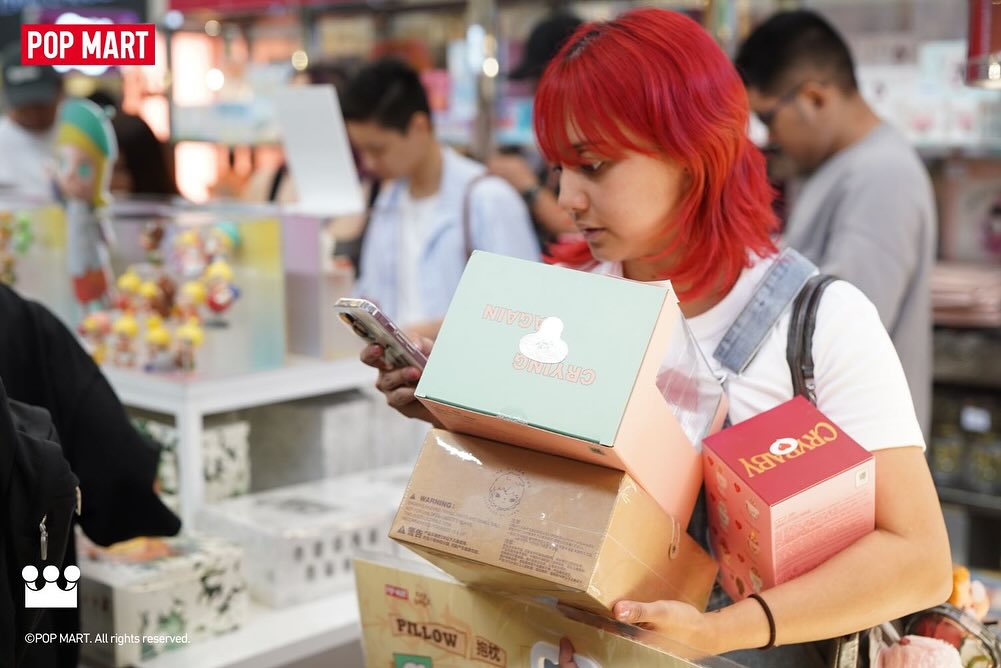
The psychology behind the obsession
Collecting isn’t just about toys. It’s about comfort, identity, and even stress relief. Behavioral studies suggest that collecting triggers dopamine release, the same chemical associated with pleasure and reward. Each purchase provides a small, satisfying hit of excitement.
A report by research firm Mintel suggests that adults are drawn to toys for emotional comfort. Many collectors grew up in the early 2000s, surrounded by Japanese and Korean pop culture. The aesthetic appeal of characters like Hacipupu or Smiski taps into a love for anime, gaming, and cute-but-slightly-weird designs.
There’s also a sense of community in collecting. Online forums and local meet-ups allow collectors to trade, share, and connect over their favorite figures. Owning these toys isn’t just about nostalgia, it’s about belonging to a culture that appreciates design, rarity, and artistic storytelling.

The blind box economy
If there’s one thing driving sales, it’s the mystery factor. The rise of blind boxes has turned toy collecting into a high-stakes game. Unlike traditional action figures, these aren’t toys you choose, they’re surprises.
This mechanic mimics the psychology behind loot boxes in video games. The unpredictability fuels repeated purchases, with collectors eager to complete a set or chase rare figures. The thrill is real: In Singapore, Labubu restocks sell out in under an hour. Pop Mart restocks a few hundred figurines at a time, and they vanish within minutes.
Related story: Cute culture 101: A look into the science and benefits of obsessing over all things cute
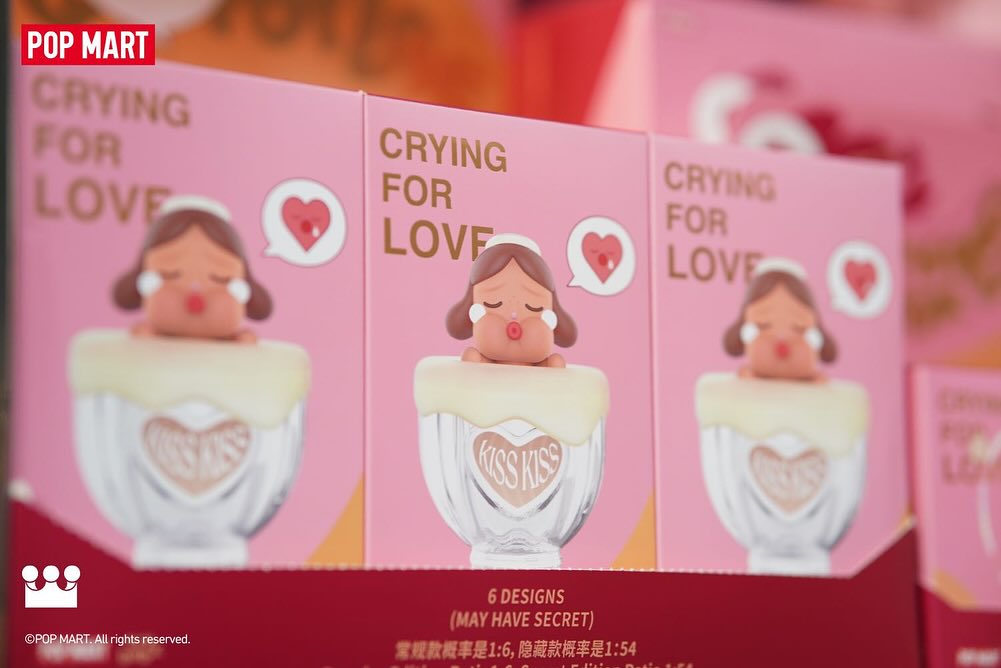
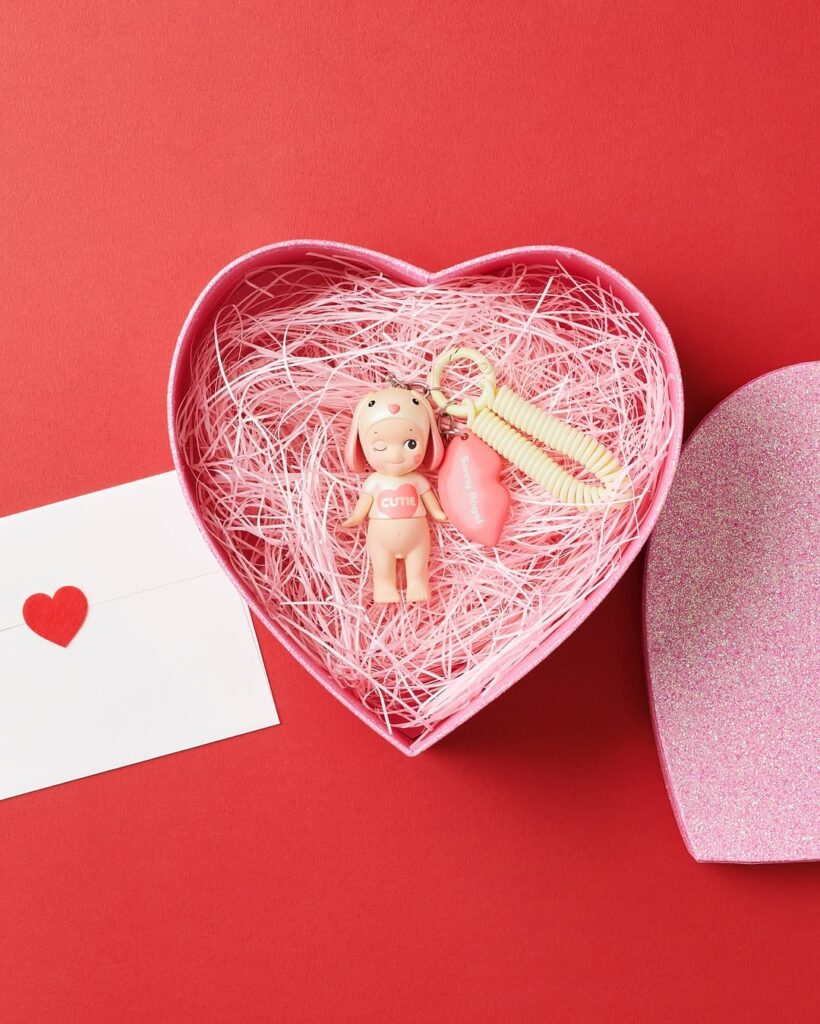
Blind box culture also encourages a secondary market. Fans who miss out on rare drops turn to resale platforms where figures can sell for double or triple their original price. Limited-edition collectibles gain even more value over time, making toy collecting a lucrative (and addictive) hobby.
A growing fanbase for new toys
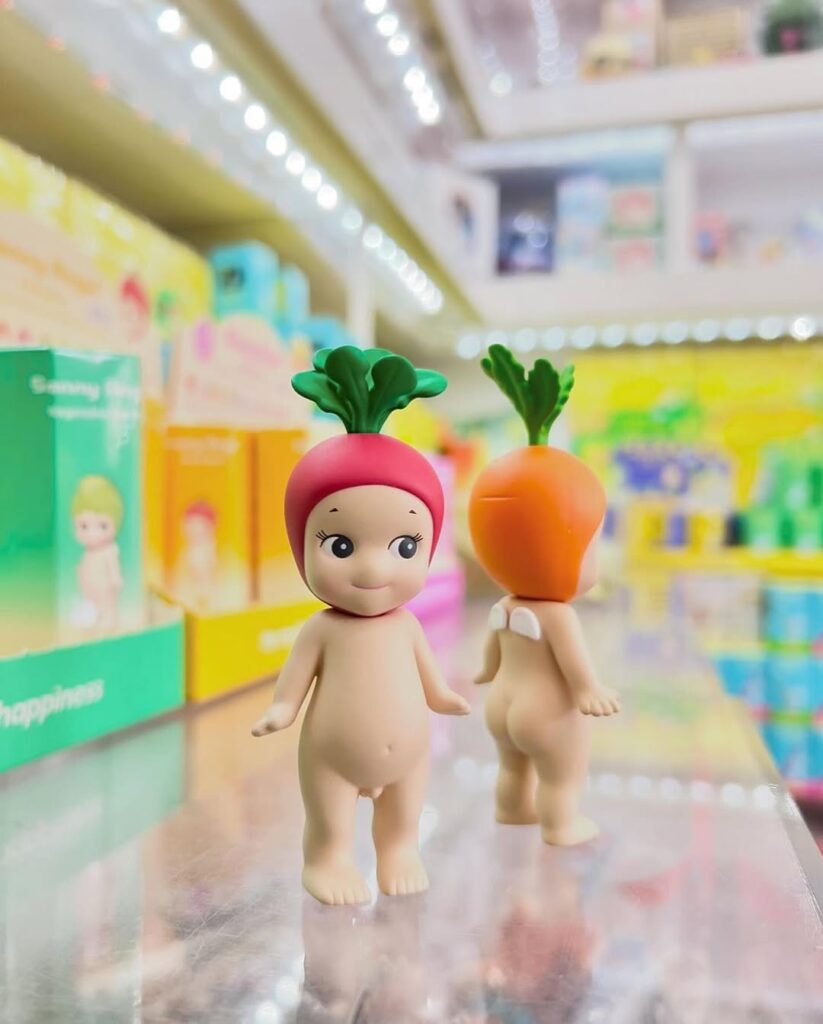
Sonny Angel. A collectible mini-figure series featuring small, cherub-like characters with animal-themed headgear. Originally launched in Japan, they are popular for their simple, nostalgic design and the thrill of blind box collecting.
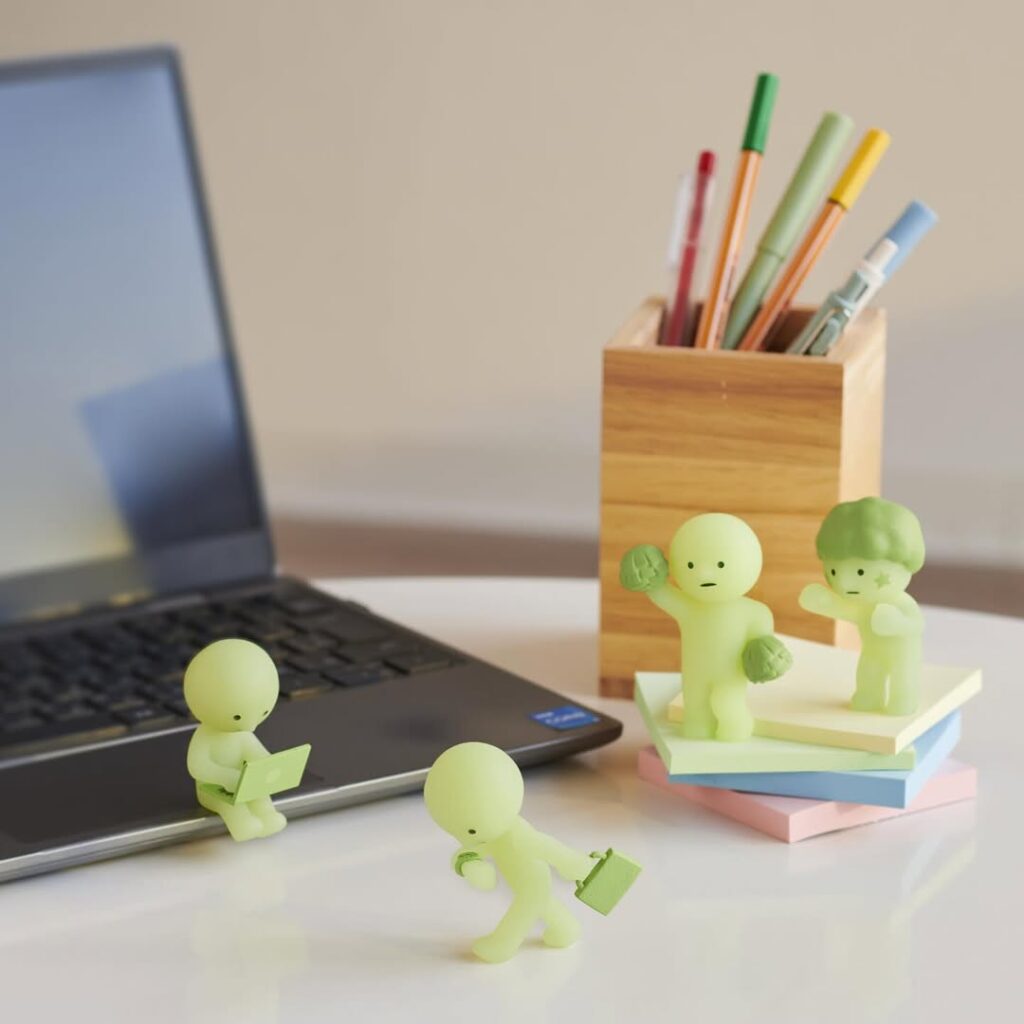
Smiski. These glow-in-the-dark figurines depict tiny, featureless creatures in various poses, often hiding in corners or shelves. They are designed to be subtle and mysterious, tapping into a love for minimalist collectibles.
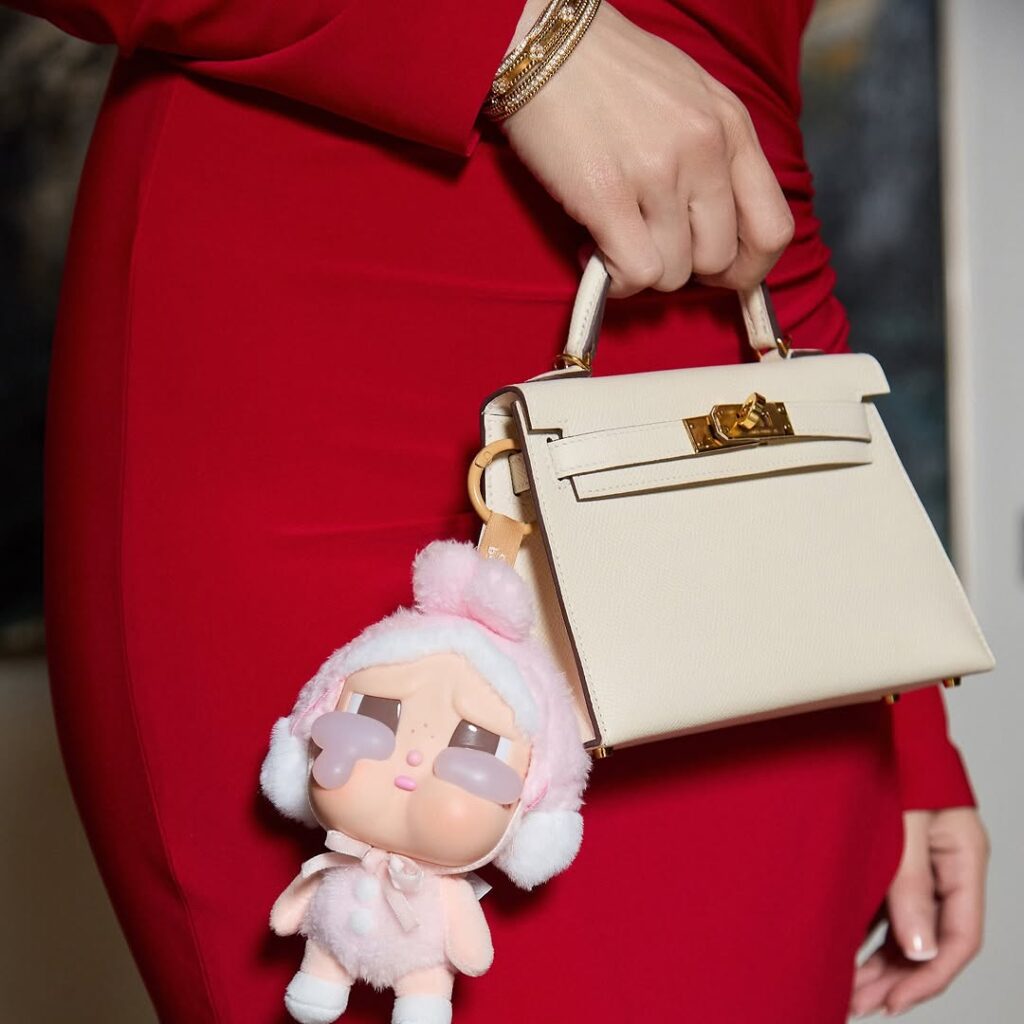
Crybaby. Created by Thai designer Molly Yllom, Crybaby features childlike figures with teary eyes, evoking deep emotions and a sense of vulnerability. It resonates with collectors who appreciate sentimental and melancholy designs.
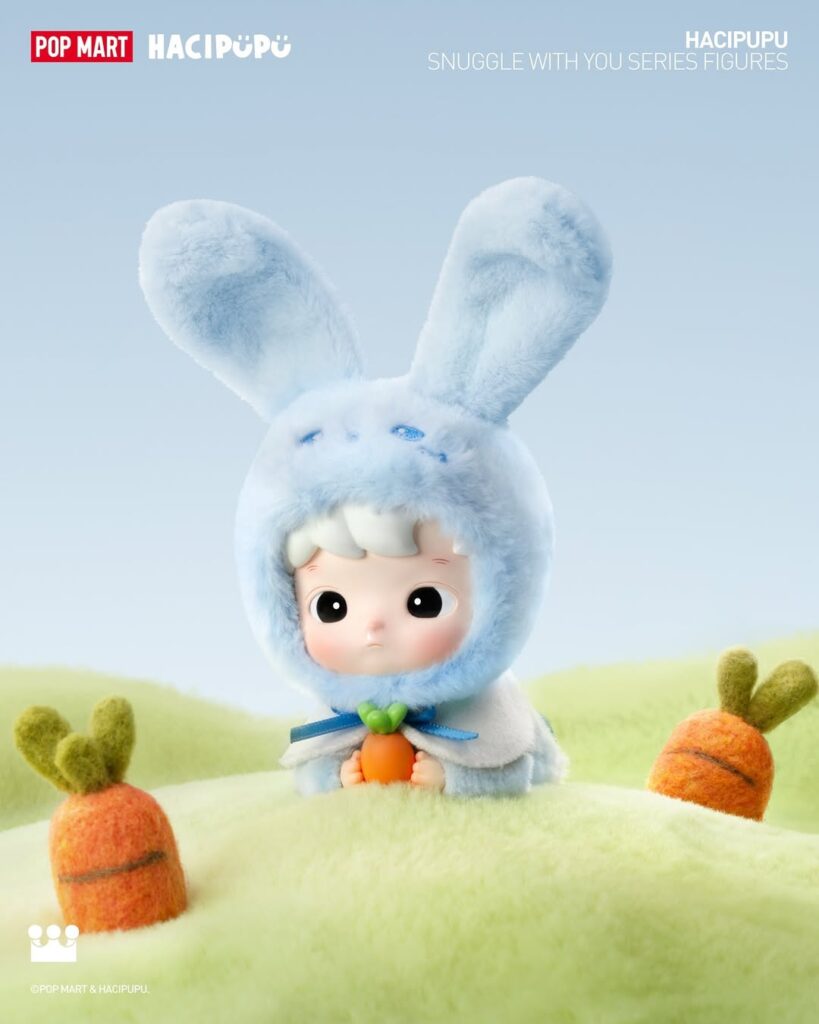
Hacipupu. Hacipupu appears introverted and quiet but has a rich inner world that brings others serenity and companionship. His gentle, reserved personality makes him a comforting presence for collectors who seek sentimental and expressive figures.
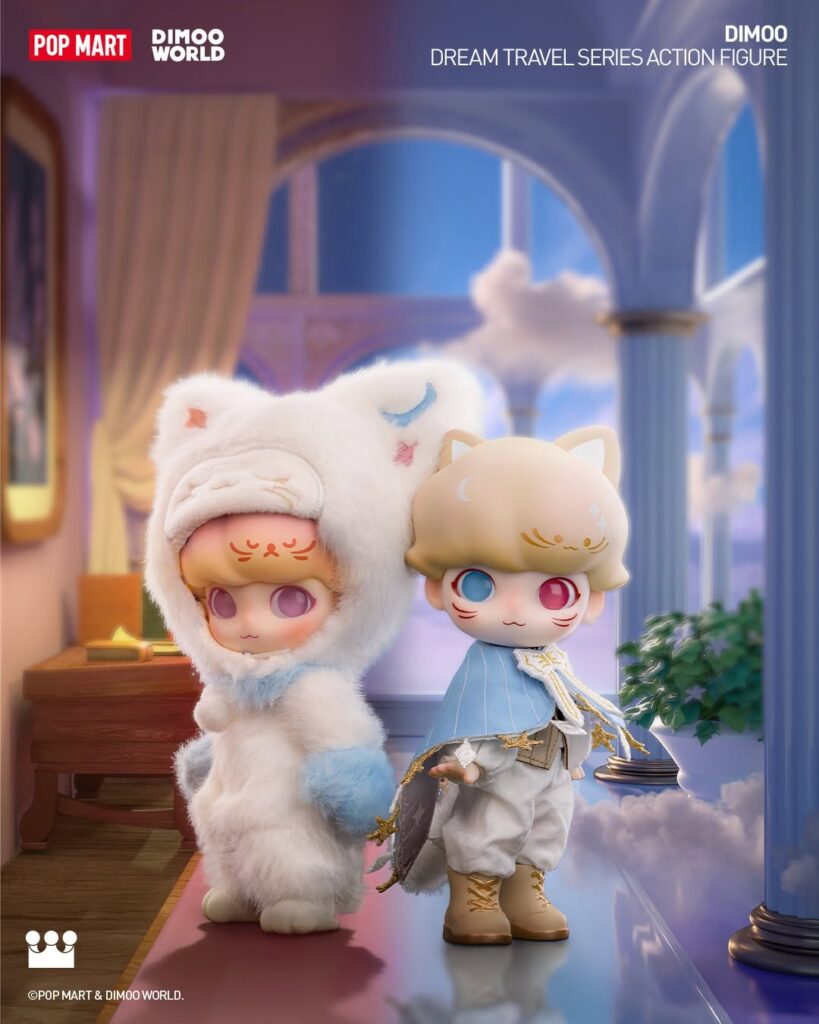
Dimoo. One of Pop Mart’s most beloved figures, Dimoo is a dreamy character with a soft, pastel aesthetic. Often depicted in whimsical themes like space, fairy tales, or rainy days, it appeals to those who love a touch of fantasy in their collections.
Toy collecting beyond plastic figures
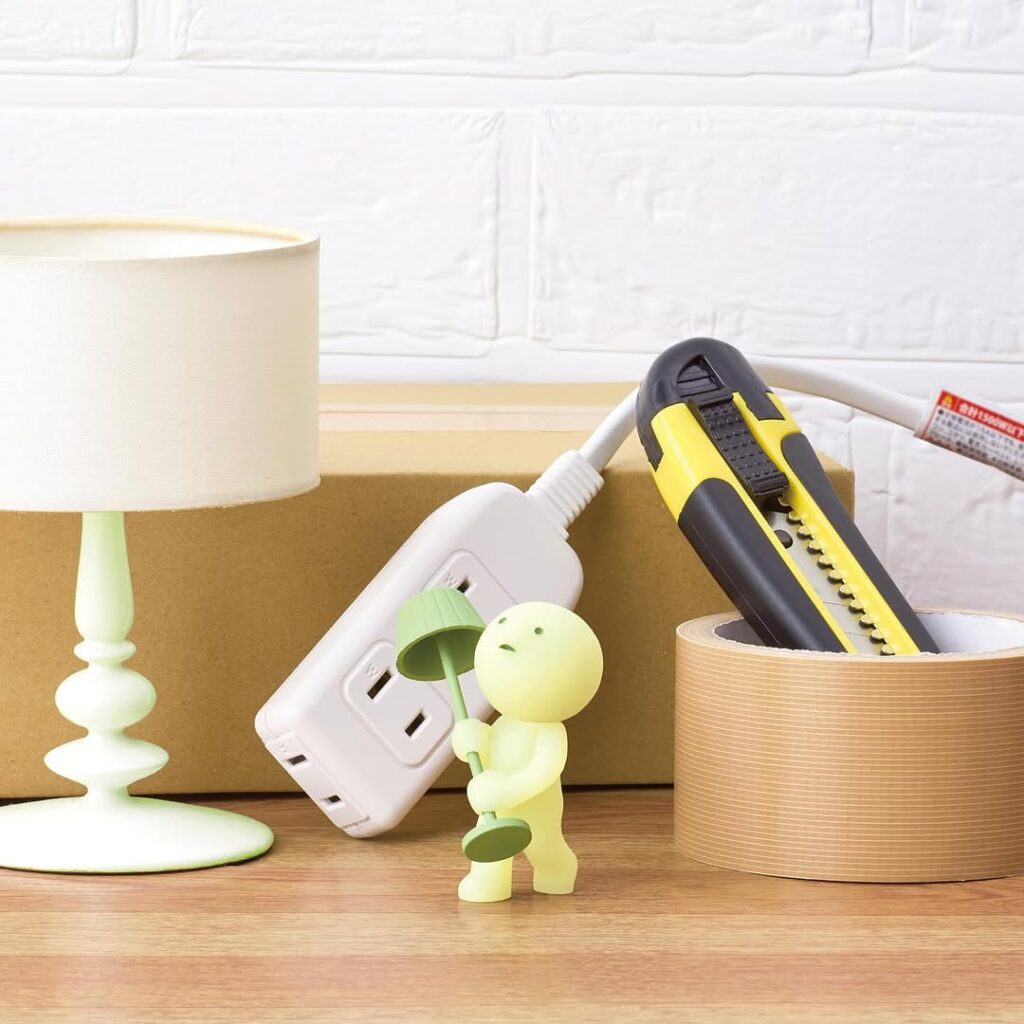
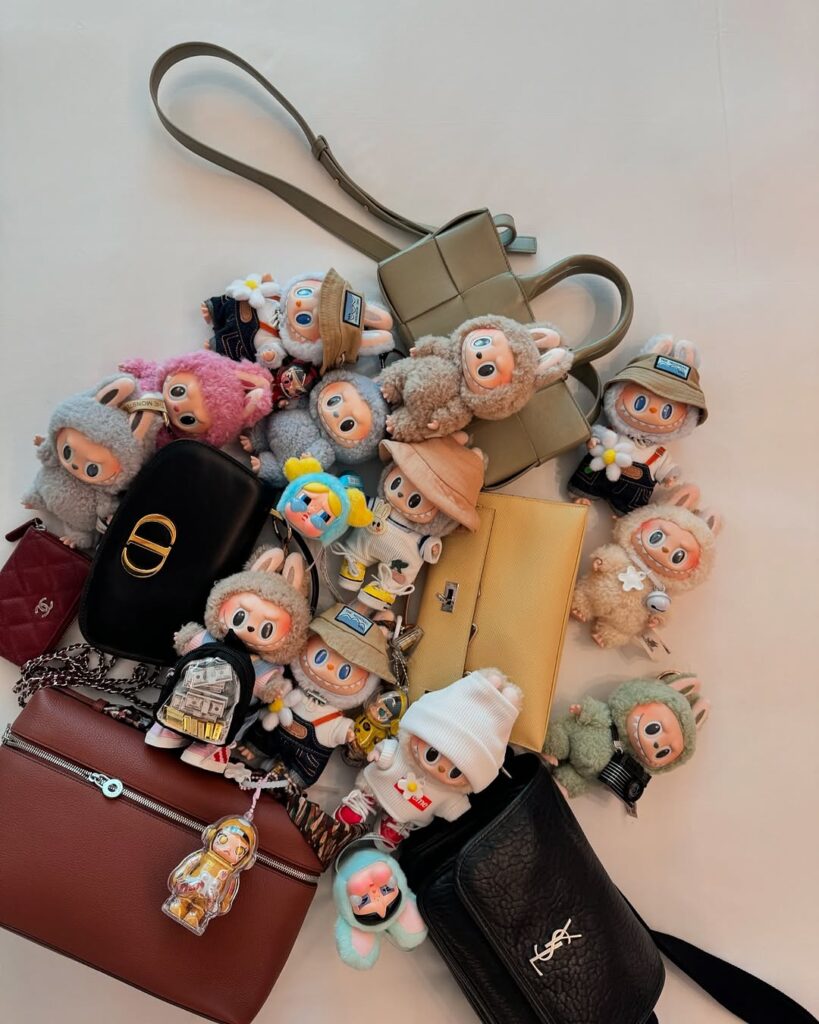
Many collectors now see these pieces as art and design objects. Brands are tapping into this by collaborating with contemporary artists, releasing limited editions, and incorporating storytelling into the toys’ backstories.
What started as a childhood pastime has turned into a serious business. Art toys are more than playthings, they’ve become status symbols, investments, and cultural statements. And as long as people crave nostalgia, self-expression, and a little dopamine rush, the kidult market isn’t going anywhere.
With adult consumers fueling market growth, brands are doubling down on collaborations, limited-edition drops, and innovative designs to keep collectors engaged.

